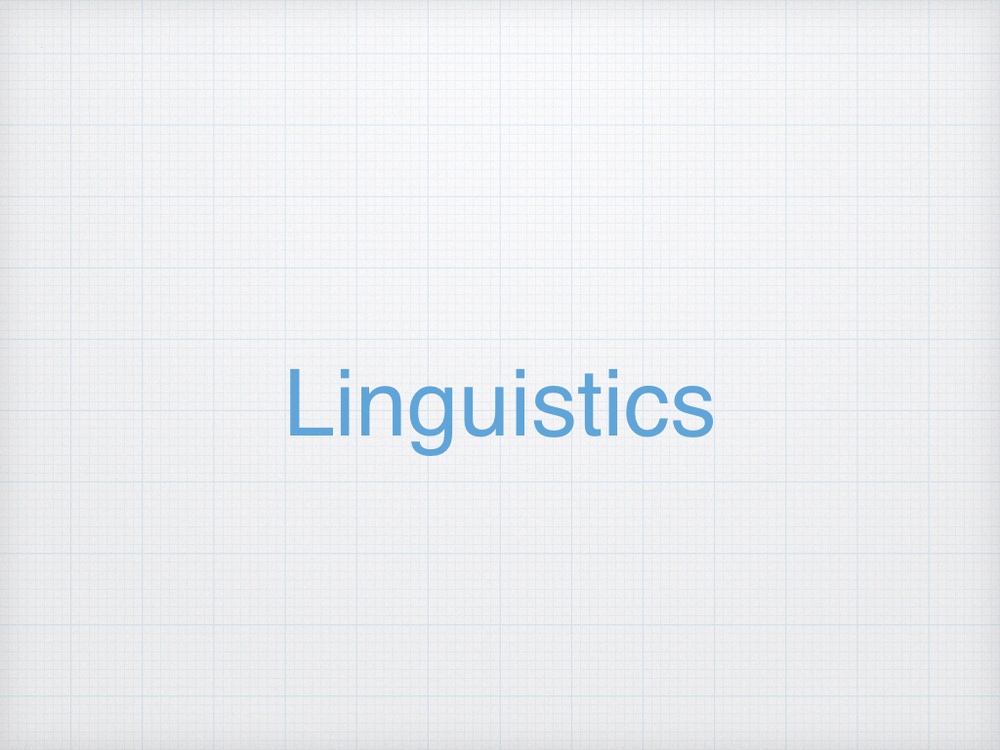言語におけるフラクタル次元
先日の投稿でフラクタル構造について触れた.
言語をフラクタルという視点から研究する試みは以前から行われていたが,その際は基本的に単語の並びを時系列として捉えていた.そこに対して,最新の技術を用いた研究を見つけたのでまとめてみたい.
Ribeiro et al. (2023)は従来の単純な単語の並びとしての時系列として,言語を処理するのではなく,Word2Vecを用いて単語の意味関係を考慮したベクトル空間で言語構造の分析を行った.
その結果として,興味深かったのが語族が同じ言語は近い位置にプロットされる傾向が見られ,フラクタルの次元が語族の系統関係を反映していることが示唆された.
When the longer-scaled fractal dimension and the Type-Token ratio are combined to create a bi-dimensional space that reflects the language structures, the languages create clusters according to the roots, with pretty few exceptions. The same root language appears grouped while languages from different roots stay apart. As the languages evolve, an implication of the grouping above is that the part of language structure associated with the longer-scale fractal dimension is more stable or suffers similar alterations over time among the same root languages.
(Ribeiro et al. 2023)
意味関係を考慮したベクトル空間でこういった特殊な関係性が確認されるというのは非常に興味深い話であり,なおかつ言語がいかに複雑なシステムであるかということを痛感させられる.
参考文献
- Ribeiro, L. C., Bernardes, A. T., & Mello, H. (2023). On the fractal patterns of language structures. PLOS ONE, 18(5).

